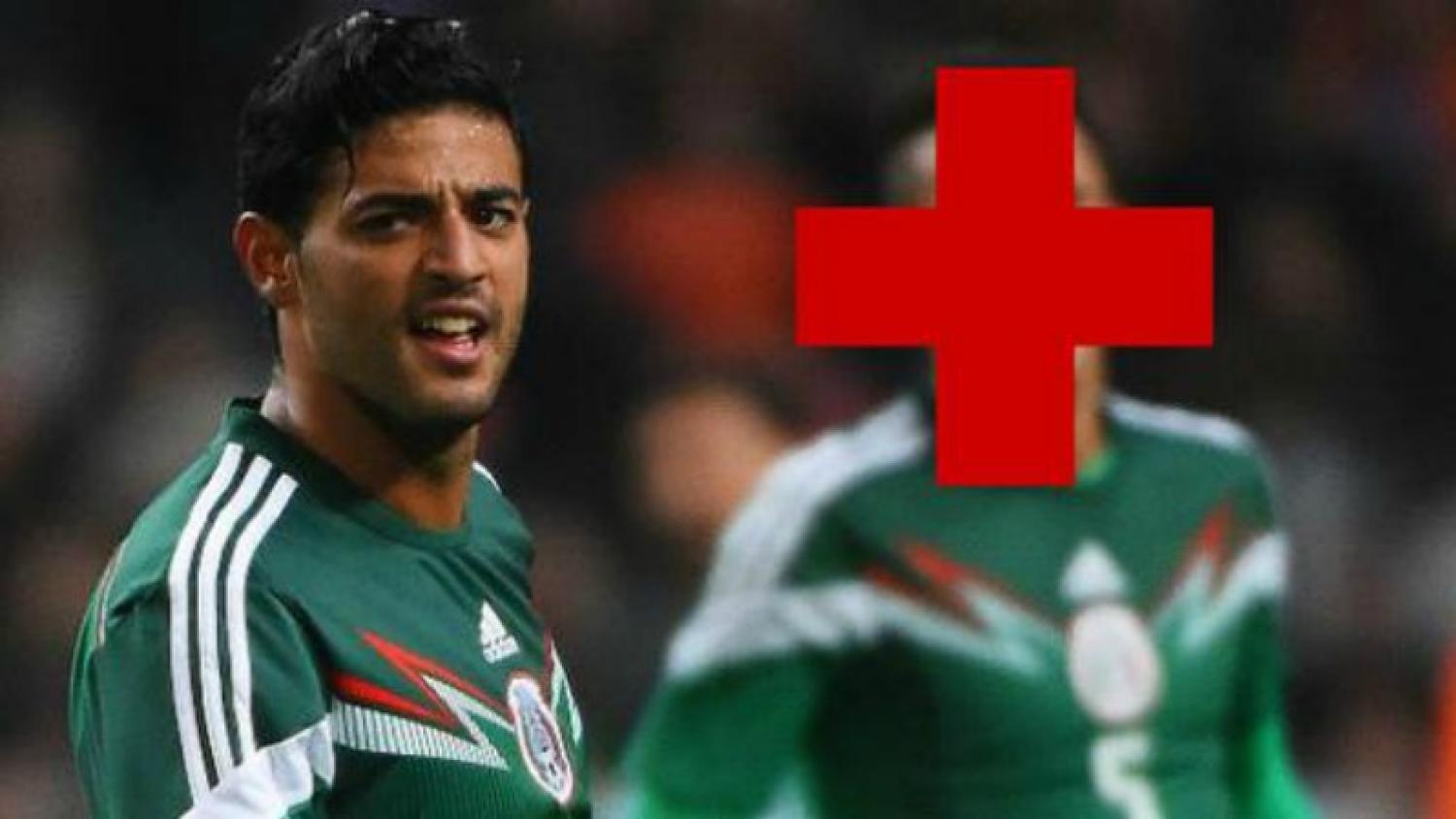The news came down recently (and, by recently, we mean a few weeks ago) that Carlos Vela will be out for at least two months for Real Sociedad with a torn meniscus. Now, this is undeniably bad for Real Sociedad, but how will it affect Vela’s other squad, the Mexico National Team?
Vela had just began appearing in games for El Tri before the injury, after a long holdout. And he played really well, scoring two goals against The Netherlands back in November.
So, what will Mexico do without him during their upcoming games? Based on our calculations, Vela will be out for upcoming fixtures against Ecuador on March 28 and against Paraguay on March 31, with the possibility of also missing Mexico’s contest versus the United States on April 15.
Instead of taking wild guesses and hoping we are right, we turned to FIFA ’15 for guidance. We played five matches against five different teams of varying levels of skill. Here’s how Mexico fared without Vela:
Match 1 – Korea 2, Mexico 1: Admittedly, we had not been playing FIFA for that long when we ran this analysis, so the first game was a little shaky. We tried to compensate for the lack of Vela’s offensive spark and deviated from Mexico’s normal 3-5-2 formation with wing-backs and instead played a hyperagressive 4-5-1 with Chicharito as the target man and essentially four forwards. This did not work as well as we had hoped. Korea struck late in the first half, but Chicharito equalized just as the clock was winding down in the game. We opted for golden-goal style overtime, and Korea put the game away in the 116th minute. We learned that Mexico is too vulnerable down the side for the formation we picked. Also we learned that we are not as good at FIFA as we had previously thought. FIFA recommended “beginner” level for us after the game. That was not appreciated.
Match 2 – Venezuela 0, Mexico 8: Thanks to “beginner” difficulty, a change back to the 3-5-2, and four first-half goals from Chicharito (five for the game), Mexico annihilated Venezuela, a result that seems unlikely to happen should the teams meet in real life. We didn’t learn much about Mexico’s attack for this reason. FIFA recommended we move up to “amateur” difficulty after the game, which seemed like a good idea for research purposes.
Match 3 – Norway 0, Mexico 3: This game was more closely contested, and we have definitely affirmed our faith in the 3-5-2. It allows the forwards and attacking mid to be super aggressive, knowing they have so many bodies committed to defense. Oribe Peralta scored two goals, and looked to be in good form. He and Chicharito worked well off of each other, and Chicharito had the other goal.
Match 4 – Nigeria 1, Mexico 4: Nearly identical to the last game, besides being scored on (the defensive midfielders and center backs are not of the highest quality). Chicharito is always dangerous. He may not even need a strike partner if he plays like this.
Match 5 – Germany 1, Mexico 6: This is the part where our FIFA skills jumped a level (afterwards FIFA suggested we move up to “semi-pro”), so take this analysis with a grain of salt. Chicharito and Peralta had two goals each, and Mexico’s formation matched up with Germany’s perfectly, with the wing-backs stifling Thomas Muller and Mesut Ozil’s attempts to create from the outside. It was the perfect way to cap off the experiment. We’d say if Mexico play at the level they did in this game, we might all forget who Carlos Vela was in the first place.

